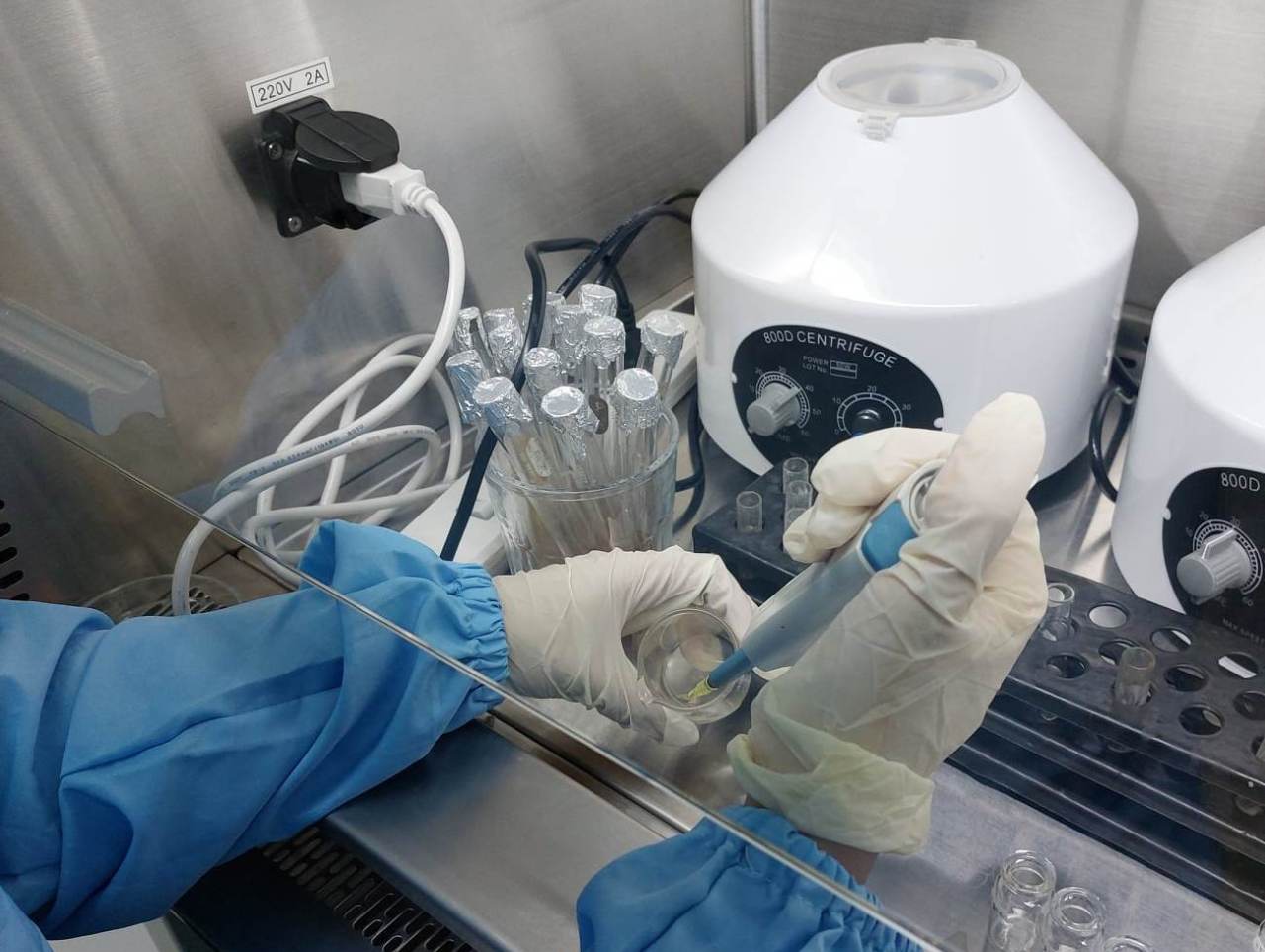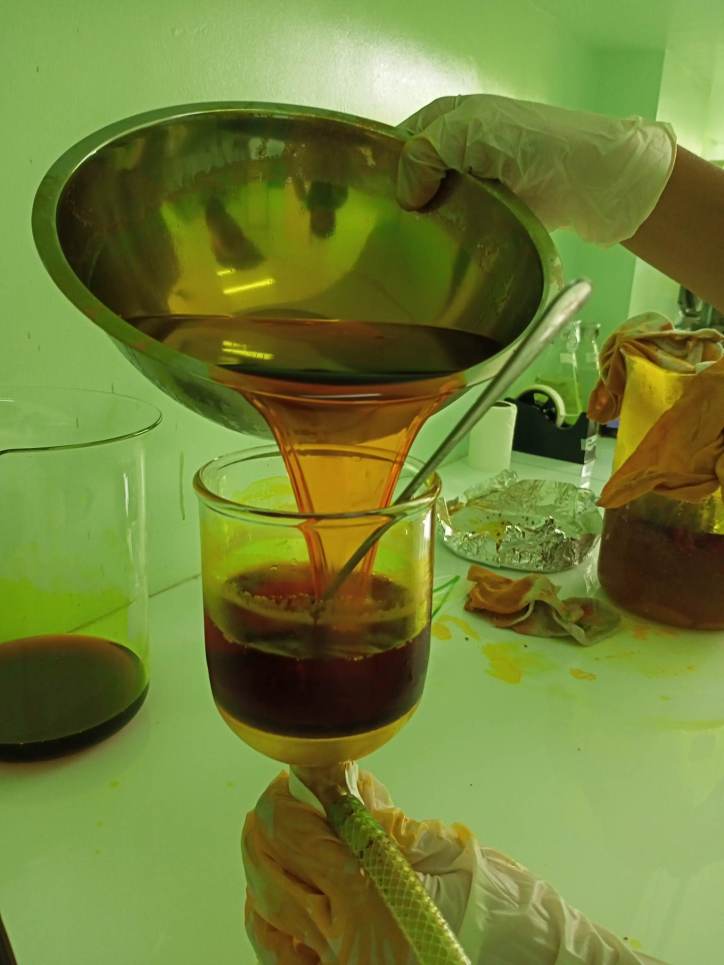CARES Innovations

CPU opens for Faculty-Student Research Collaboration
It is with great pride that the institution announces the launch of the Collaborative and Participatory University (CPU) for teacher-student research collaboration. CPU offers a welcoming learning environment where faculty members and students can interact and work together on research projects. The university holds that cooperation occurs when individuals participate in an inclusive learning environment and treat one another fairly. Through this platform, educators and students can collaborate to exchange knowledge and expertise and raise the standard of research.
Students at CPU have access to a variety of resources, such as funding for research, faculty mentoring and support, and the most recent research publications. Students are given the chance to pursue their research interests and gain access to the funds and resources they require to carry out their studies successfully. Creating a collaborative and innovative research environment will be made possible by CPU, an exciting initiative that will involve students and teachers. With the help of this platform, the collaborators can cooperate to develop a setting that will be advantageous to all.
You can find more details HERE.

Rapid test kit for Mycoplasma gallisepticum
Allysa Depasupil, a graduating CPU College of Agriculture, Resources, and Environmental Sciences student, spearheaded the development of the rapid test kit for Mycoplasma gallisepticum in Philippine native chicken. She is responsible for the determination of the protein and RNA concentrations derived from the outer membrane vesicles of Mycoplasma gallisepticum. Together with her team, Karen Jee Fernandez works on developing plant-derived nanoparticles, and Diana Castillon studies the production of antigens among farm animals.
More information can be found HERE.

Turmeric-based-phytomedicine to control Pseudomonas aeruginosa?
Pseudomonas aeruginosa is a bacterial infection among native chickens that causes about 72% mortality among chicks less than two weeks old. It may reduce mortality by 40% in older chickens. This pathogen causes septicemia, or inflammation of internal organs; infected chicks excrete greenish exudates, pneumonia, necrosis of the liver, and even the unabsorbed yolk during hatching.
More information can be found HERE.
